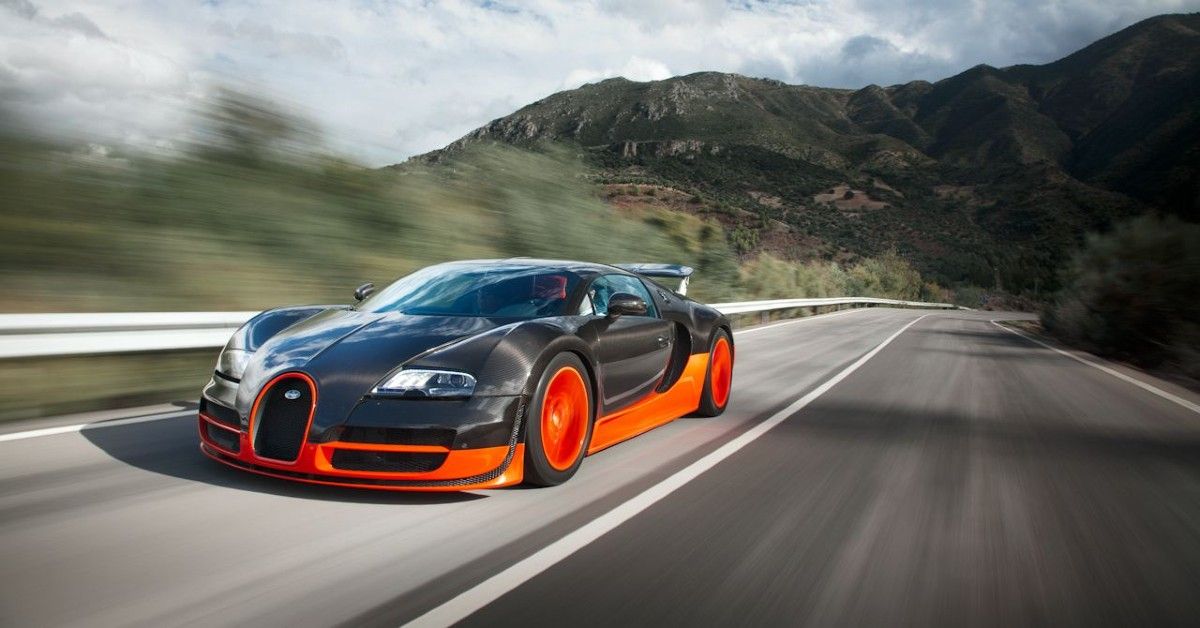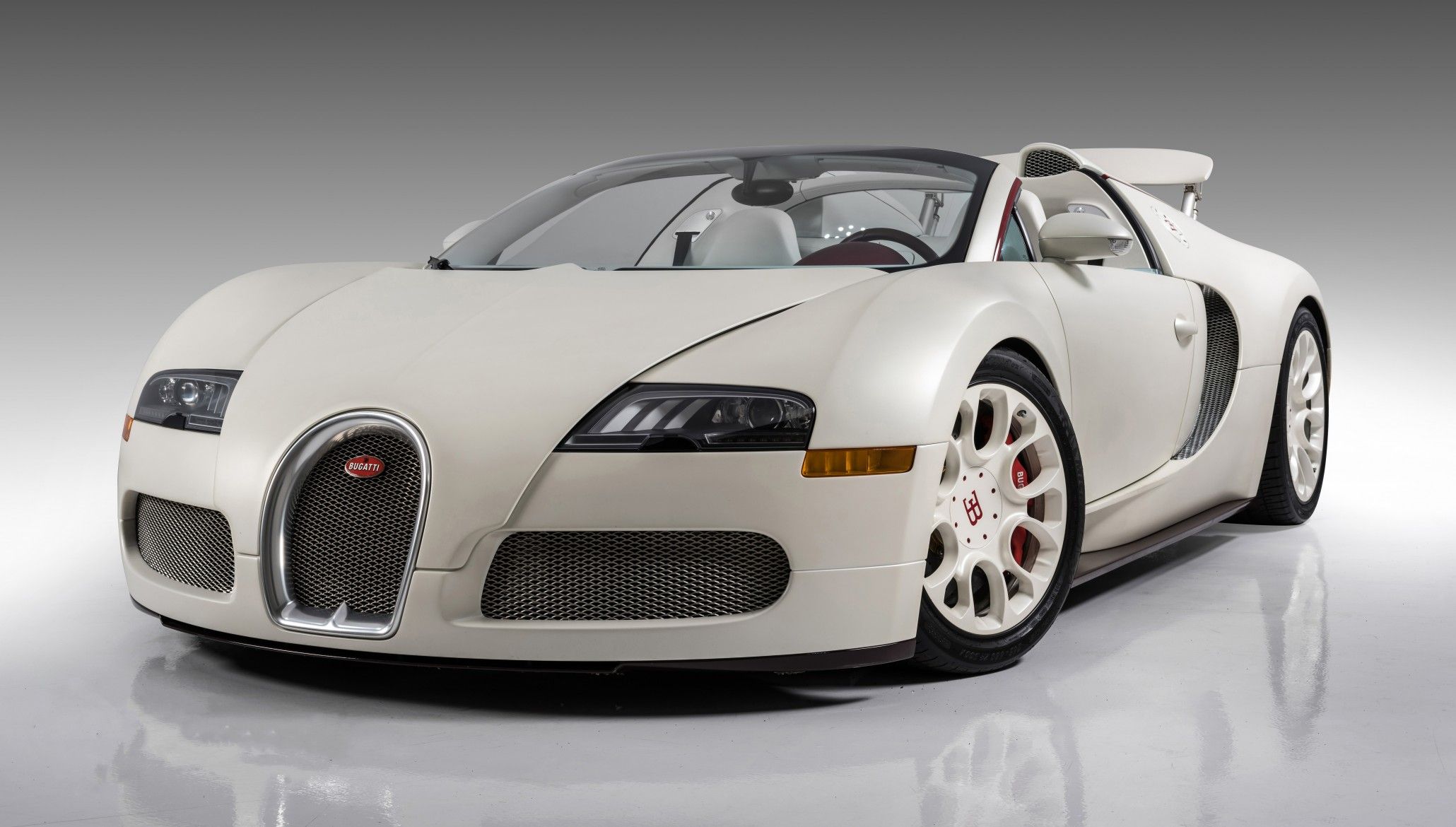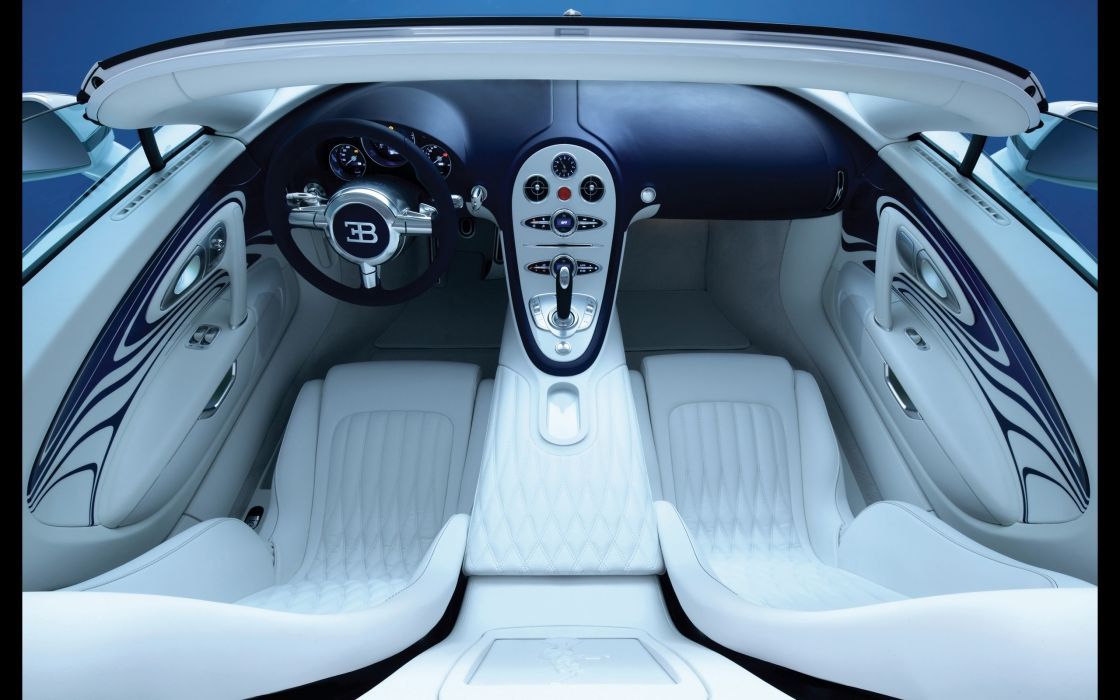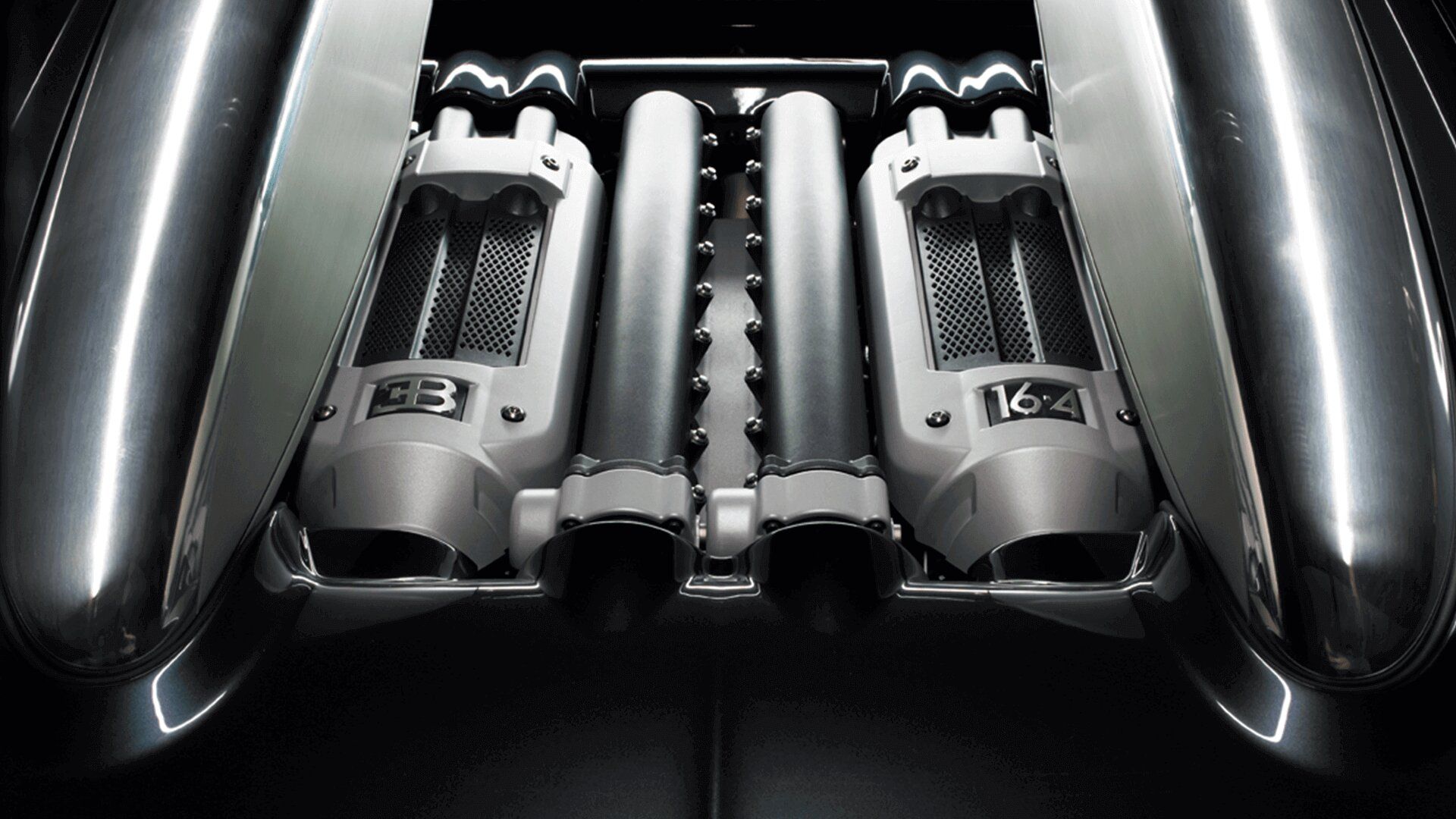The Bugatti Veyron made a brief cameo in the 2015 movie Fast and Furious 7. The car made its appearance on the screen when the movie’s five main characters arrived at Abu Dhabi in their supercars, and Roman Pearce, played by Tyrese Gibson, drove a white Bugatti Veyron. As per the nature of this franchise, the movies have featured several other notorious speed machines apart from the Veyron, such as the 1970 Dodge Charger R/T, McLaren MP4-12C, 2010 Dodge Viper, 2011 Aston Martin DB9, 2014 Nissan GT-R, and Lykan Hypersport. Although all of these cars were extremely fast and leaders in their segment, the Veyron topped the leaderboard with its 1,200 HP engine.
The Bugatti Veyron is notoriously famous for its lightning speed and iconic design. The car is soo fast that it gulps all the fuel at its top speed in just 12 minutes, and its tires explode in 15 minutes.
All of the car's components were specifically designed to allow the 1,200 HP engine to unleash its full potential. Amidst all the other lightning-fast vehicles in the F&F movies, here’s why the Veyron sits on top of the throne.
The Car’s Hyperactive Aerodynamics
Being a hypercar, the Bugatti Veyron 2011 had meticulously designed dimensions. The car sported a 106.7-inch wheelbase with 175.7 inches of total length. Its near-flat body had 78.7 inches of width and a curb weight of 4,400 lbs. The car's weight was on the higher side, which was beneficial for stability and handling. To make the car as lightweight as possible, its skin was built around a carbon-fiber monocoque frame, adding extra rigidity.
The 2011 Buggati Veyron adopted a flat profile on the outer body to avoid any excess air resistance. The hood and the windscreen were given a similar slanted angle for smooth, uninterrupted airflow, and the air passed through the long slanted hood up to the rear. This incredible design led to the achievement of a 0.39 drag coefficient. The car's front fascia was angled in a way that it could efficiently avoid drag with Bugatti’s iconic horseshoe grille and side air intake vents. The lower end of the front fascia had a lower lip spoiler that resisted the car from taking off from the road like an airplane at high speed. On the sides, there were large air vents ahead of the doors that channeled sufficient air to the rear-mounted engine.
At the rear, this speeding beast sported a wide and thick profile with dual round tail lights on both ends. Below the tail lights were a pair of cooling vents that helped the massive W16 in optimum breathing. The side outer body was formed by the bulky rear-wheel fenders that ended with the air vent opening on the sides. The front and rear wheel brakes were featured with heat extractors for cooling during intensive braking.
A Simple And Comfortable Interior
The engineers at Bugatti adopted a minimalistic approach while designing the Veyron’s interior and equipped it with only necessary items. This highly prized supercar didn’t have a fancy infotainment system or any other excess electronics inside. The car’s interior was crafted with great emphasis on driver and passenger comfort while incorporating easy-to-use components.
The two seats of the Veyron were upholstered with premium diamond-designed leather, and they featured wraparounds to keep the drivers and riders in place safely. The seats were supported by carbon-fiber shells, and the leatherwork continued over to the center console. The central dashboard was simple with an analog clock at the top, two air conditioning vents below, and the music and HVAC control panel. The entire setup was made of carbon fiber, and the driver's console had a three-spoke sporting steering wheel with large, easy-to-read analog gauges behind.
A Monstrous W16 Inside
For the 2011 Veyron, Bugatti developed the existing engine from the previous models and added some performance-enhancing components. The end result was a quad-turbocharged and intercooled DOHC 64-valve W-16 with aluminum block and heads and a port fuel injection system. This new configuration boosted the 1001 HP of the earlier model to 1200 HP at 6400 rpm and 1106 lb-ft of torque at 3,000 rpm. The exhaust system was also significantly upgraded to ensure the smooth flowing of exhaust gases, which further increased the engine’s performance.
The engine power was mated with 7-speed dual-clutch automated manual transmission that delivered the power to all four wheels. The 2011 Bugatti Veyron was incredibly fast, clocking 0 to 62 mph in just 2.5 seconds. The top speed of the car was electronically limited to 257.8 mph. Otherwise, the engine could sprint the car to a top speed of 267 mph. The Veyron was all about speed and power. Hence fuel efficiency was a negligible factor. The car returned 6.32/14.9 MPG in city/highway condition with a combined 10.18 MPG.
The Fast and Furious movie featured several other cars that could challenge the Veyron in a face-off. The closest competitor was the red Lykan Hypersport, in which Dominic Toretto, played by Vin Diesel, jumped from one tower to another. The Hypersport carries a 780 HP flat-six engine, and it can sprint from 0 to 60 mph in 2.8 seconds with a top speed of 239 mph. The second in line for competition could be the 2010 Dodge Viper sporting a 600 HP V10 with less than 4 seconds of 0 to 60 timing and 202 mph of top speed. The last car that could give the Veyron a run for its money can be the British-bred McLaren MP4-12C. Featured with yellow body paint in the movie, this car is powered by a twin-turbo V8 that churns out 591 HP. The car's top speed is 207 mph with a 0 to 60 mph run time of 3 seconds.




